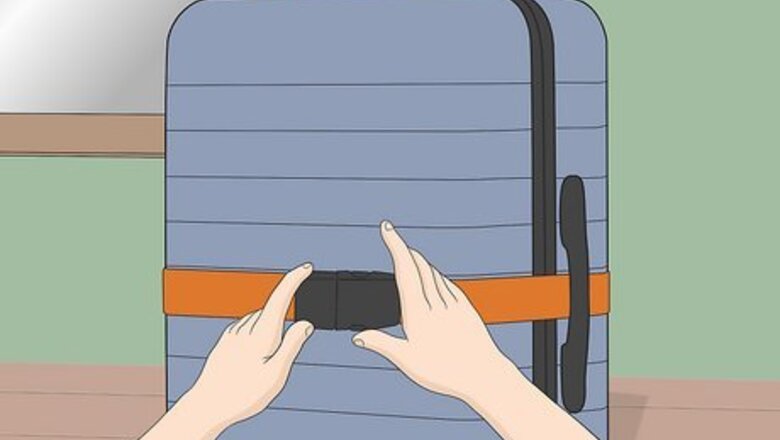
views
Securing Your Luggage
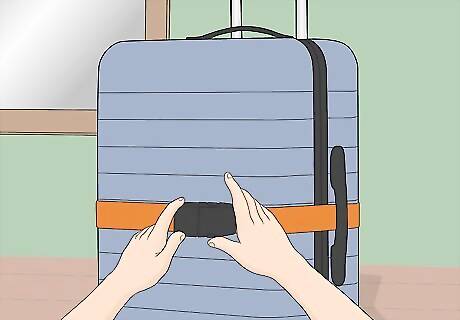
Wrap the strap around a hard-sided piece of luggage. One use for luggage straps is to keep luggage from accidentally popping open at some point during transit. Hard-sided luggage usually has locks or clasps that can occasionally be damaged if they are thrown around. For hard sided luggage that has some sort of clasp on the top, wrap the strap around the luggage so that it keeps the luggage closed. Place the buckle in the middle of the front or back side. Cinch the strap tight against the luggage, but not so much that it bends the luggage. The strap should be at a right angle to the opening of the bag.
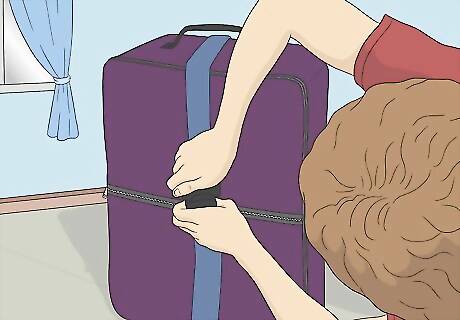
Make sure the strap crosses the zipper of a soft-sided piece of luggage. Soft-sided luggage that is packed tightly can occasionally burst at the seams. A strap will help keep the luggage closed if it bursts its seams. Pull it tight enough that if the zipper comes open, the strap will keep the bag closed tightly.
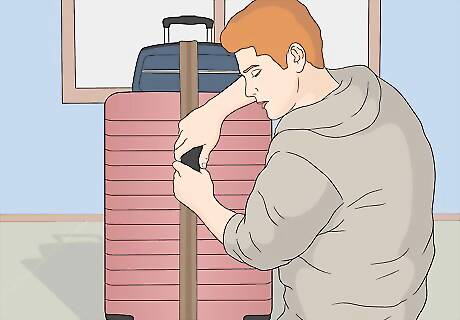
Strap multiple pieces of luggage together. Stand your largest piece of luggage upright with handle extended. Set the next largest piece on top leaning against the handle. Wrap the strap under the bottom and around both pieces, going through the middle of a handle with two posts, or just to the edge of a handle with one post. Buckle the strap on the front middle of the lower piece of luggage. Cinch it tightly enough that the top piece does not move around, but not so tight that either piece of luggage bends under the pressure. You’ll want to try your best to make it so that the handle will still shut, as it will not be able to stay extended during transit.
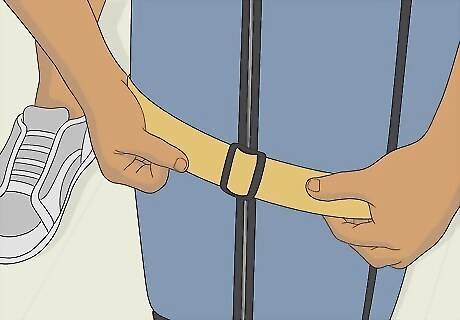
Secure any remaining length of strap. Once the strap is secured around the luggage, there may be some of the strap that is loose. To avoid this loose cloth getting caught on something in transit, wrap it around the portion that’s flat against the luggage and tie it in place. Most luggage straps are adjustable to different lengths, so when you have it set for a smaller piece of luggage than the maximum, you’re likely to have some extra.
Selecting a Luggage Strapp
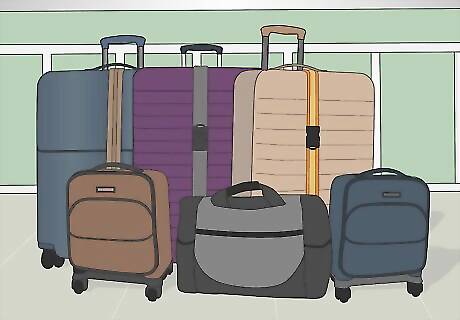
Select an eye-catching color. It can be fairly easy to get your luggage mixed up with someone else’s, so a luggage strap is a great way to differentiate your luggage from all of the others. If you can choose a strap of bright pink or green, or with a multicolored pattern, it will give your luggage the pop it needs to be more recognizable. If you are traveling as a family and you have similar luggage, it can also be an easy way to identify whose is whose.
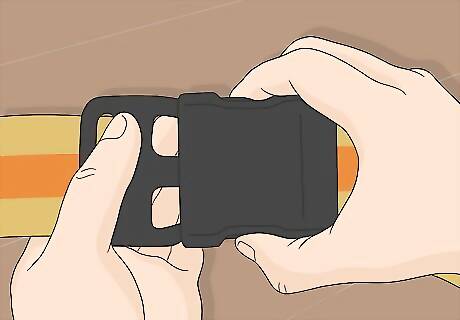
Pay attention to the type of buckle. Most luggage straps have the type of buckle on which you pinch the sides to release it. This is probably the easiest type of release to choose. It’s good to test the buckle out to make sure it is easy to open, but not so easy that it will open if it is jostled. Some straps may come with a buckle that is similar to a belt, which would require you to weave the strap itself through a metal or plastic clasp. This type is not recommended as it will take you longer to secure around your luggage.
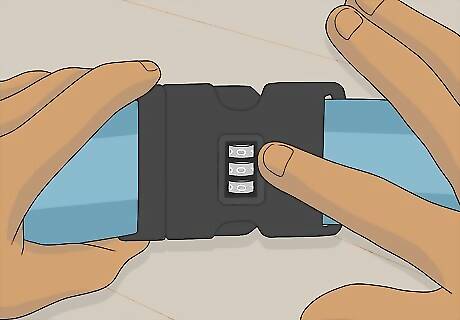
Choose a locking strap for added security. Luggage straps help hold your luggage closed, but they can also provide protection against theft. Some straps come with a 3-digit combination that must be selected before the clasp opens. This can be a deterrent for potential thieves who would consider getting into your bag. While the security aspect is great, some people do advise against locking straps because they say it can pose a hold up with TSA who may wish to check your luggage and would be unable to. It’s possible to purchase TSA approved luggage locks. These locks are made so that a master key, which TSA agents have, can unlock the lock. You can purchase these locks at most airports and travel accessory stores. To make things easier, it is probably best to write down the combination and keep it somewhere you can get to it easily. You don’t want to be stuck somewhere without the ability to get into your luggage.




















Comments
0 comment